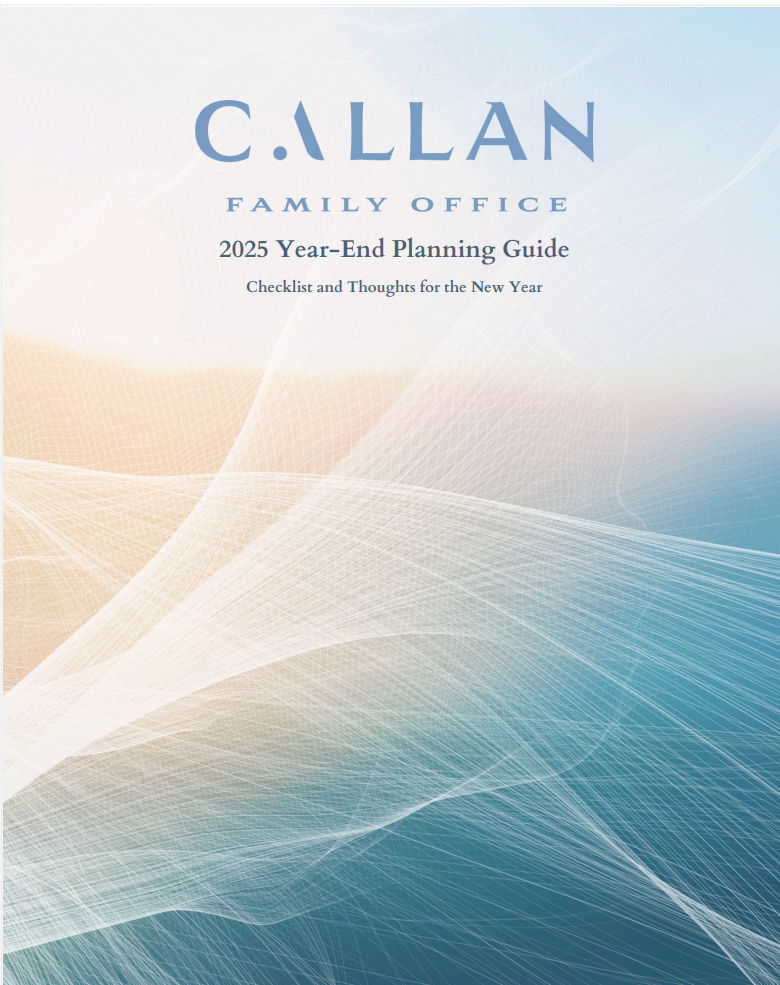
Throughout history, there have been years that pass quietly and years that mark a turning point. Think of 1914, when the world slid into conflict, or 1929, when markets collapsed and fortunes were rewritten overnight, or 1989, when the Berlin Wall fell and global systems shifted within weeks. Each of those years required adaptation to new realities.
In a different but equally important way, 2025 is such a year. The year 2025 doesn’t mark the outbreak of war or the collapse of markets, but it is a moment when the rules that govern tax, planning, and legacy are being reset. The One Big Beautiful Bill Act of 2025 (OBBBA) is not background noise; it represents a redesign of estate, income, partnership, and philanthropic planning. Because most provisions take effect in 2026, this year offers the final clean window to act before the scaffolding of the new system locks into place.
That means 2025 year-end planning is not business as usual. The familiar strategies remain essential: charitable giving, retirement funding, and gain and loss harvesting should be considered in every plan. But this year, those moves must be viewed through the lens of OBBBA and integrated into a larger architectural design. The goal is not simply to finish the year with gifts made and deductions captured: rather, to treat 2025 as a hinge year in tax planning so that the choices made now continue to work when the rules change on Jan. 1, 2026.
As always, Callan Family Office is here to recommend important considerations for you and your family as we approach the end of 2025 and move into 2026.
For our latest insights, please read our Year-End Planning Guide.
